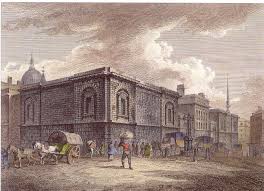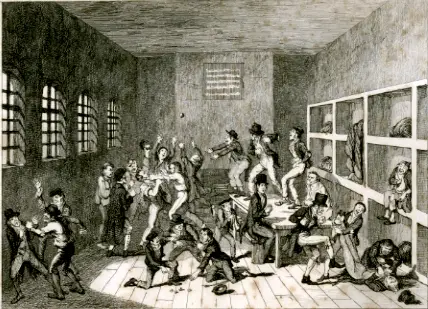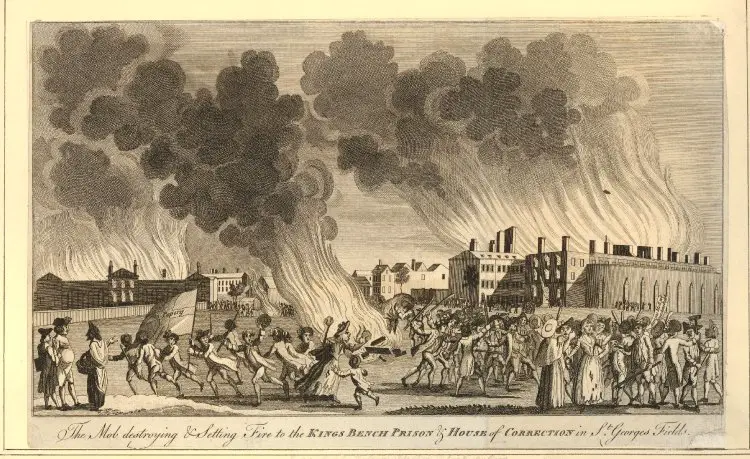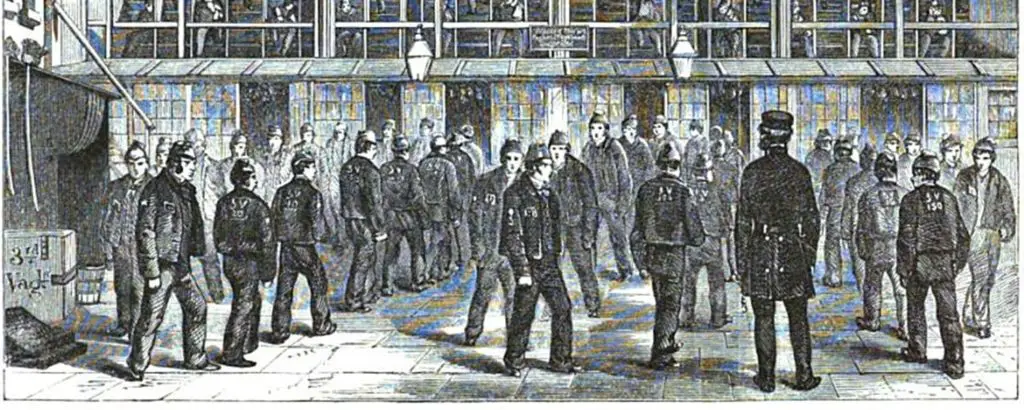In the political history of England, the Georgian Era starts with the reign of King George I after he took the throne in 1714. He was succeeded by King George II, King George III and finally ended when King George IV died in 1830, leaving no heir to the throne. This time period is often considered to be the one when the Industrial revolution was born and the first steps of making England a modern society were taken.
A lot of things were changing in terms of the social life of people during the Georgian Era. These changes affected, and in turn, were also being affected by the political situation of the country. During the Georgian Era, a lot of stress was laid on developing society, which resulted in a transformation in the way crime and criminals were treated in the country.

Condition of Prisoners in the Georgian Era
The crime was a serious problem during the 18th century and the government was spending a lot of resources in order to make sure that criminals are given the punishments that they deserve. Justice was a state-controlled affair and even in cases of public execution, it was mandatory for a criminal to receive a sentence from a representative of the state.
Because justice was a serious affair for the people of the Georgian Era, the life of a prisoner was much worse than one can imagine. The reasons for this were many- poor conditions of the prison, lack of funds and the lack of interests of the government in improving the prisons.
During the Georgian Era, prisons were not controlled by the government. Instead, they were small private enterprises that were owned by moderately rich people of society. The people who were kept in the prisons included all convicts of society. Debtors and felons were kept in these prisons, irrespective of their gender and age, and the prisoners had to pay to support for their basic needs like food, shelter and even meeting their visitors.

Most of the prisons during the Georgian times were overcrowded. As a result, people were living in conditions when they were exposed to a number of diseases that could be fatal. Debtors and felons used to live together in inhumane conditions that did not only affected them physically, but also mentally. In certain cases, young children of the debtors were also allowed to stay in prisons with their parents.
Condition of Prisons in the Georgian Era
The prisons in the Georgian times were breeding grounds of many fatal diseases. The major reasons for this were the unsanitary conditions inside the prisons. Most prison cells were large rooms where prisoners were stuffed, irrespective of the severity of their crime. In most of the smaller prisons of the country, these prisoners were expected to sleep, eat and even defecate at the same place.
People who belonged to better-off families would pay for their living in prison. They were offered food, clothing and a cell according to what they could afford. For people who were unable to pay for themselves, sleeping on the floors of the prison hall and death from starvation were common.
Reformation of the Prisons
For most of the time during the 18th century, prisoners were treated as outcasts in the society and there was no social life for them outside the prisons. However, in 1780, the city of London was shaken by large scale riots that lasted for five days between June 2 to June 7. The riots started as religious strife but by the end, people had started to demand a better life even after they are found guilty of committing a crime.

This resulted in the state taking interest in the conditions of the prison and possibilities of life after getting out for the prisoners. As a result, many surveys were conducted across the country in order to look into the living conditions of the prisoners.
Many artists were also moved by the result of these surveys and talked about the barbaric conditions of the prisons through their art. All this resulted in social awareness about the lives of prisoners and a demand to provide them with better living conditions.
This resulted in the birth of what can be referred to as the modern-day prison. Australia was classified as a penal colony and it was felt that the rules on which the prisons operate needed revision.
The state acquired the prisons and started to provide funds to make living conditions better inside the prisons. Separate prisons for men and women were also developed and the severity of prison life started to be determined on the basis of the crimes of the prisoners.

As a result of these changes, the situation of law and order also improved in the society of England. The glamour associated with criminals and especially highwaymen started to lose its charm and the rate of crimes declined considerably in the English society.